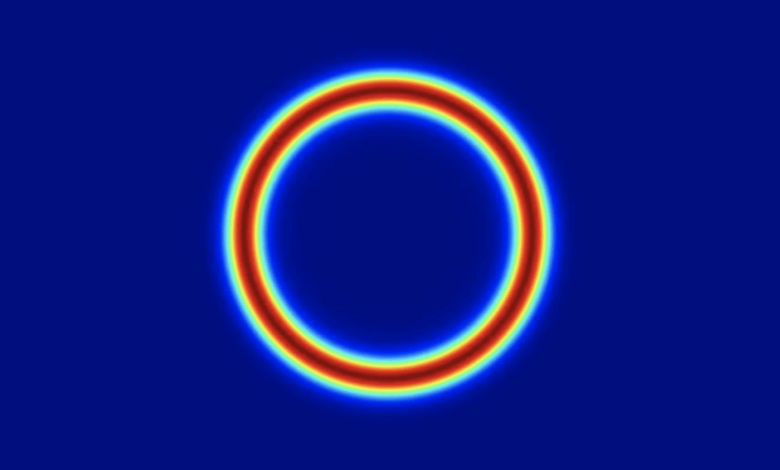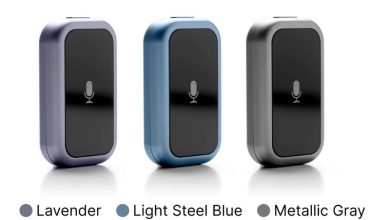
When you’re working with lasers or any light system, the beam’s quality is everything.
But what if the light is too sharp?
Too focused?
Too intense?
That’s where an optical diffuser becomes essential.
It spreads the light out evenly — turning a tight beam into soft, controlled illumination. Whether you’re dealing with lasers, imaging, or measurement systems, a diffuser improves results.
Let’s dive into what an optical diffuser is, how it works, and why it matters in real-world optical systems.
Need help choosing the right optical diffuser? Talk to a laser optics expert today. Make your beam safer, cleaner, and more effective — without the guesswork.
What an Optical Diffuser Does and Why It’s So Useful
An optical diffuser takes a concentrated light source and scatters it.
The goal? To create a more uniform beam of light.
This process is called diffusion. It spreads out the energy so it’s not all hitting one spot.
Instead of a hot, focused beam that can burn or distort, you get smooth light that’s safe and controlled.
This is helpful in:
- Laser illumination
- Optical measurement systems
- Imaging setups
- Medical lasers
- Display and lighting applications
So if your current setup feels “too sharp” or intense — this is your fix.
How an Optical Diffuser Works in Your Laser or Light System
Optical diffusers are made from special materials or surfaces that scatter incoming light in many directions.
Common types include:
- Ground glass: A frosted glass that scatters light in a semi-random way
- Opal diffusers: Made from milky glass or plastic for smooth, consistent output
- Engineered diffusers: Use micro-structured patterns for custom diffusion control
They work by breaking up the light path as it passes through the substrate. Some use surface coating, while others rely on texture or internal scattering.
And yes, wavelength matters here. Different materials perform differently at different wavelengths. That’s why it’s important to choose the right diffuser for your laser type.
Where Optical Diffusers and Beam Shapers Work Together
While a beam shaper changes the intensity profile of a laser — a diffuser spreads it out.
They’re often used together:
- The beam shaper shapes the laser into a flat or custom profile
- The diffuser softens and spreads that shaped beam
This combo is powerful.
You get:
- Uniform light
- Lower power density
- Less risk of damage
- More consistent results
Especially useful in fields like laser scanning, photolithography, or skin-safe laser treatments.
Choosing the Right Diffuser Material and Surface Coating
Optical diffusers come in many materials, each with its strengths.
Ground glass:
- Affordable
- Slightly random diffusion
- Great for simple, low-cost setups
Opal diffusers:
- Smooth and even light
- Often used in consumer and medical applications
- Better for visual uniformity
Engineered plastic or glass with coatings:
- Highly customizable
- Can be tuned for specific wavelengths
- Often used in advanced industrial lasers
The coating adds durability or improves light transmission. And the substrate — whether it’s plastic, fused silica, or optical glass — affects strength and optical clarity.
Always match the substrate and wavelength to your laser or light source to avoid loss of power or distortion.
Why Diffusion Matters More Than You Think
Without diffusion, a laser beam can:
- Create hot spots
- Damage sensitive materials
- Cause visual glare
- Reduce image quality in optical systems
With a diffuser:
- Energy spreads more evenly
- Light becomes more usable
- Surfaces are lit uniformly
- Imaging becomes clearer
- Risk of damage drops
Even in simple lighting systems, diffusion improves the quality of the light dramatically.
Applications That Rely on Optical Diffusers Daily
Optical diffusers are used in:
- Medical lasers: Safer and more comfortable treatments
- Machine vision: Even lighting for accurate detection
- Laser projectors: Smooth light output without pixel gaps
- Photography and videography: Soft light with no harsh shadows
- Metrology: Consistent illumination for measurements
If precision matters, a diffuser probably plays a key role.
Talk to an Optics Expert Before You Pick a Diffuser — Here’s Why
There’s no one-size-fits-all diffuser.
You’ll need to think about:
- Beam size
- Laser type
- Operating wavelength
- Required diffusion angle
- What type of substrate works best
- If a coating is needed for protection or performance
Choosing the wrong optical diffuser can hurt more than help. You might lose light, add noise, or cause unwanted scattering.
But the right diffuser? It transforms your system into a precision tool.
FAQs
What does an optical diffuser do?
It scatters incoming light to spread it more evenly and reduce glare or hot spots.
Is ground glass the same as an optical diffuser?
Yes, ground glass is one type of optical diffuser. It’s commonly used for simple and effective diffusion.
Can I use a diffuser with any laser?
Only if the diffuser material and coating match your laser’s wavelength and power.
What’s the difference between a beam shaper and a diffuser?
A beam shaper changes the shape of the beam’s intensity. A diffuser spreads the light for uniformity.
Do diffusers reduce laser power?
Yes, slightly — but they improve beam quality and safety, which is often more important.





